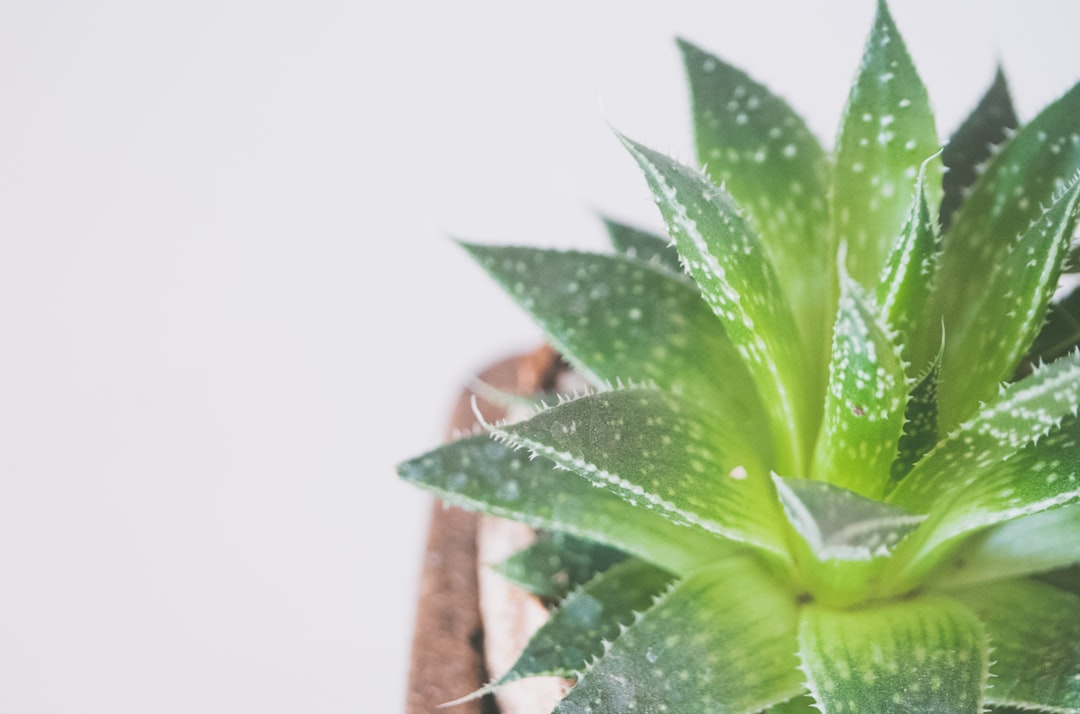Calendula, also known as marigold, is a vibrant and versatile herb that has been utilised for centuries for its medicinal and culinary properties. This flower belongs to the Asteraceae family and is native to the Mediterranean region, although it is now cultivated worldwide. Calendula is characterised by its bright orange or yellow petals and its ability to thrive in various climates and soil types.
The plant typically grows up to 60 centimetres in height and produces an abundance of flowers throughout the growing season. Calendula has a long history of use in traditional medicine, skincare, and culinary practices. Its vibrant petals have been used to make teas, tinctures, oils, and salves for a wide range of health and beauty benefits.
The herb is recognised for its anti-inflammatory, antifungal, and antibacterial properties, making it a common choice for treating various skin conditions and promoting overall wellness. With its rich history and numerous applications, calendula has established itself as a valuable herb with a wide range of uses.
Summary
- Calendula, also known as marigold, is a vibrant and versatile herb with a long history of medicinal and skincare uses.
- Throughout history, calendula has been used to treat a variety of ailments, from digestive issues to skin conditions.
- Calendula is known for its anti-inflammatory, antimicrobial, and antifungal properties, making it a popular ingredient in skincare products.
- In skincare, calendula is used to soothe and heal irritated skin, reduce inflammation, and promote overall skin health.
- Calendula can be used at home in various forms, such as infused oils, salves, and teas, to harness its healing properties for personal use.
Historical Uses of Calendula
Ancient Civilisations
In ancient Egypt, calendula was revered for its ability to rejuvenate the skin and was often used in ointments and balms to heal wounds and soothe skin irritations. The Greeks and Romans also valued calendula for its healing properties and used it in various remedies for treating wounds, fevers, and digestive issues.
The Middle Ages and Renaissance
During the Middle Ages, calendula continued to be a staple in herbal medicine and was commonly used to treat a wide range of ailments, including ulcers, jaundice, and toothaches. The herb was also used in cooking, with its petals being added to soups, stews, and salads for both flavour and medicinal benefits. Calendula’s popularity continued to grow throughout the Renaissance period, with herbalists and apothecaries using it in their remedies for everything from skin rashes to menstrual cramps.
Modern Uses
In more recent history, calendula has been used in traditional medicine systems such as Ayurveda and Traditional Chinese Medicine for its anti-inflammatory and antiseptic properties. Today, calendula continues to be a popular herb in natural health and beauty products, as well as in home remedies for various health conditions.
Calendula’s Healing Properties
Calendula is renowned for its healing properties, which are attributed to its rich concentration of flavonoids, carotenoids, essential oils, and other beneficial compounds. The herb is known for its anti-inflammatory, antimicrobial, and antifungal properties, making it an effective remedy for a wide range of skin conditions. Calendula is often used to soothe sunburns, rashes, insect bites, and minor cuts and scrapes.
Its ability to promote skin healing and reduce inflammation makes it a popular ingredient in natural skincare products. In addition to its topical applications, calendula also offers internal health benefits. The herb is known for its ability to support the immune system, aid digestion, and reduce inflammation throughout the body.
Calendula tea is often used to promote digestive health and relieve stomach discomfort, while tinctures and extracts are used to support overall immune function. Calendula’s healing properties extend beyond the skin and digestive system, with research suggesting that it may also have anticancer properties and potential benefits for cardiovascular health. With its diverse range of healing properties, calendula continues to be a valuable herb for promoting overall health and well-being.
Calendula in Skincare
Calendula is a popular ingredient in natural skincare products due to its soothing and healing properties. The herb’s anti-inflammatory and antimicrobial effects make it an excellent choice for treating various skin conditions, including acne, eczema, psoriasis, and dermatitis. Calendula is often used in creams, lotions, balms, and salves to calm irritated skin, reduce redness, and promote healing.
The herb’s high concentration of antioxidants also makes it effective at protecting the skin from environmental damage and premature aging. Calendula is known for its ability to promote collagen production and improve skin elasticity, making it a valuable ingredient in anti-aging skincare products. Its gentle nature makes it suitable for all skin types, including sensitive and delicate skin.
Calendula can also be used as a natural cleanser and toner to help maintain healthy skin. Its antibacterial properties make it effective at removing impurities and preventing breakouts, while its soothing effects help to balance the skin’s natural oils. Whether used on its own or as part of a skincare formulation, calendula offers a gentle yet powerful solution for achieving healthy, radiant skin.
Calendula in Herbal Medicine
In herbal medicine, calendula is valued for its broad spectrum of healing properties and is used to address a wide range of health concerns. The herb’s anti-inflammatory effects make it an effective remedy for reducing pain and swelling associated with conditions such as arthritis, muscle strains, and menstrual cramps. Calendula is also known for its antiseptic properties, making it useful for treating minor wounds, cuts, and abrasions.
The herb’s ability to support the immune system makes it a valuable ally during times of illness or stress. Calendula tea or tincture can be used to help the body fight off infections and recover from illness more quickly. Additionally, calendula’s digestive benefits make it a popular choice for addressing issues such as indigestion, bloating, and gastritis.
Calendula is also used in herbal medicine to support women’s health. The herb is known for its ability to regulate menstrual cycles, reduce menstrual cramps, and support overall reproductive health. Its gentle nature makes it suitable for use during pregnancy and breastfeeding, providing natural relief for common discomforts such as sore nipples and stretch marks.
How to Use Calendula at Home
Calendula Tea: A Soothing Brew
One of the simplest ways to use calendula is by making a soothing tea. To prepare calendula tea, steep 1-2 teaspoons of dried calendula petals in hot water for 10-15 minutes. This gentle herbal infusion can be enjoyed on its own or sweetened with honey for added flavour.
Calendula Oil: A Multifaceted Remedy
Calendula oil can be made by infusing dried calendula petals in a carrier oil such as olive or coconut oil. This infused oil can be used topically to soothe irritated skin, promote healing of minor wounds, or as a massage oil for sore muscles. Calendula oil can also be added to homemade skincare products such as balms, salves, and lotions.
Calendula in Cooking: Adding Colour and Flavour
In addition to teas and oils, calendula can also be used in cooking to add colour and flavour to dishes. The petals can be added to salads, soups, stews, or used as a garnish for both culinary and decorative purposes.
Calendula Tinctures: A Concentrated Form
For those who prefer a more concentrated form of calendula, tinctures can be made by steeping dried calendula petals in alcohol or glycerine. These tinctures can be taken internally to support immune function or used topically to treat skin conditions.
Conclusion and Final Thoughts on Calendula
Calendula is a versatile herb with a rich history of use in traditional medicine, skincare, and culinary practices. Its vibrant petals contain a wealth of healing properties that make it a valuable ally for promoting overall health and well-being. Whether used topically or internally, calendula offers gentle yet effective solutions for addressing a wide range of health concerns.
As interest in natural remedies continues to grow, calendula remains a popular choice for those seeking alternatives to conventional medicine and skincare products. Its gentle nature makes it suitable for use by people of all ages and with various health conditions. Whether enjoyed as a soothing tea or applied topically as part of a skincare routine, calendula offers a natural way to support the body’s innate healing abilities.
In conclusion, calendula’s long history of use and diverse range of applications make it a valuable herb with much to offer. Whether you are looking to soothe irritated skin, support your immune system, or simply enjoy the beauty of this vibrant flower, calendula is sure to delight with its many benefits.
If you’re interested in learning more about the benefits of natural ingredients in skincare, you might want to check out this article on global skincare for active lifestyles. It discusses how incorporating natural ingredients like calendula into your skincare routine can help soothe and protect your skin, especially if you lead an active lifestyle.
FAQs
What is Calendula?
Calendula, also known as marigold, is a flowering plant in the daisy family. It is native to the Mediterranean region but is now grown worldwide for its medicinal and ornamental properties.
What are the soothing properties of Calendula?
Calendula has anti-inflammatory, antiseptic, and astringent properties, making it effective in soothing and healing various skin conditions. It is commonly used to treat minor cuts, burns, rashes, and other skin irritations.
How is Calendula used for its soothing properties?
Calendula can be used topically in the form of creams, ointments, or infused oils. It can also be used in herbal teas or tinctures for internal consumption. When applied to the skin, it helps reduce inflammation, promote wound healing, and soothe irritation.
Are there any side effects of using Calendula?
Calendula is generally considered safe for most people when used topically. However, some individuals may experience allergic reactions, so it is recommended to do a patch test before using it extensively. Pregnant and breastfeeding women should consult a healthcare professional before using calendula.
Where can I find products containing Calendula for its soothing properties?
Calendula-based products can be found in health food stores, pharmacies, and online retailers. These products may include creams, ointments, lotions, and herbal teas specifically formulated for soothing and healing skin irritations.




